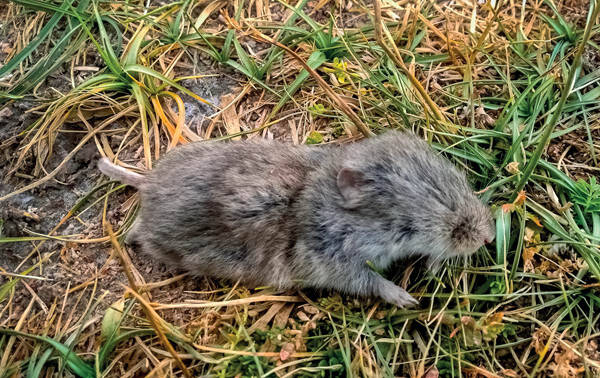Microtus juldaschi
IUCN
LCBasic Information
Scientific classification
- name:Microtus juldaschi
- Scientific Name:Microtus juldaschi
- Outline:Rodents
- Family:Rodentia Cricetidae P.Vole
Vital signs
- length:80-105mm
- Weight:
- lifetime:
Feature
Distribution and Habitat
In China, it is only distributed in the Pamir Plateau in Xinjiang. Abroad, it is distributed in Kyrgyzstan, Tajikistan, Uzbekistan, and Pakistan.
Inhabits alpine meadows
Appearance
This species is similar to pine voles in appearance. Especially the teeth are basically the same as those of the plateau pine voles. The only difference is that there is a dent on the labial side of the anterior cap of the first lower molar of the Pamir vole, while the plateau pine vole does not. In appearance, the difference from other pine voles is that the fur color is lighter, mainly gray-brown, while the pine vole is mainly gray-black and gray-white. Compared with the plateau pine vole, the individual is obviously larger. The adult body length of this species is 90-120mm, with an average of about 100mm, while the adult body length of the plateau pine vole is 80-105mm, with an average of less than 95mm. The tail length of this species is about 30mm on average, and the plateau pine vole is also about 30mm. Therefore, the ratio of the tail length to the body length of the plateau pine vole is slightly greater than that of the Pamir vole. The back of the tail is gray-black, and the ve
Details
The Pamir pine vole (Pitymys juldaschi (Severtzov, 1879)) is an animal of the genus Pitymys of the family Cricetidae. The species is native to the shore of Karakul Lake in Kashgar, my country, and belongs to the subfamily Arvicolinae. The classification is quite confusing. It was previously included in the genus Pitymys for a long time, but recent studies have shown that it belongs to the genus <Blanformys>. However, the genus <Blanformys> was once a subgenus of the genus Microtus. Liu Shaoying et al. classified it as an independent genus (Liu et al., 2012, 2017). The results of molecular biological studies based on mitochondrial genes and a small number of nuclear genes are inconsistent, and the final status awaits the study of a large number of nuclear genes. It is temporarily included in the genus <Blanformys>.
Listed in the 2013 IUCN Red List of Threatened Species ver3.1—Low Risk (LC).









